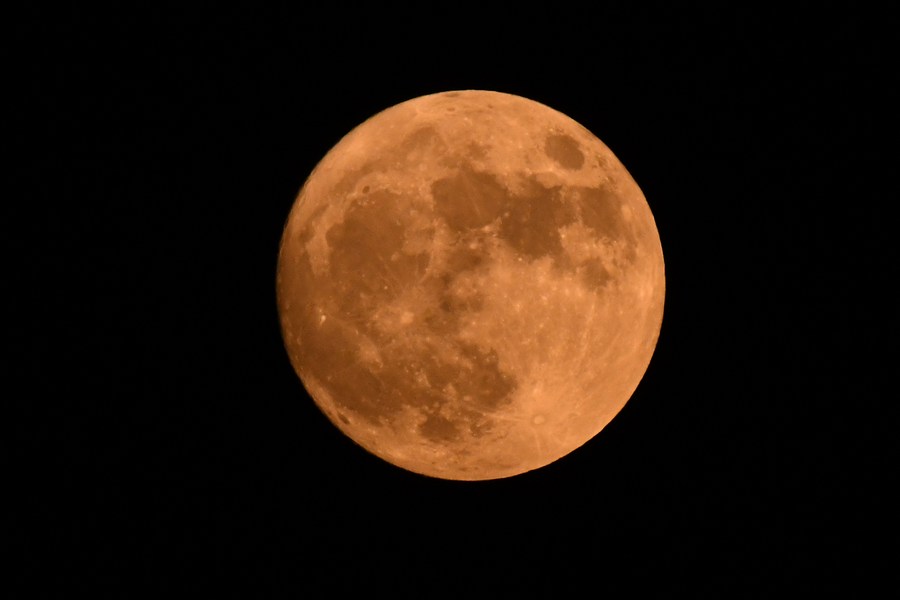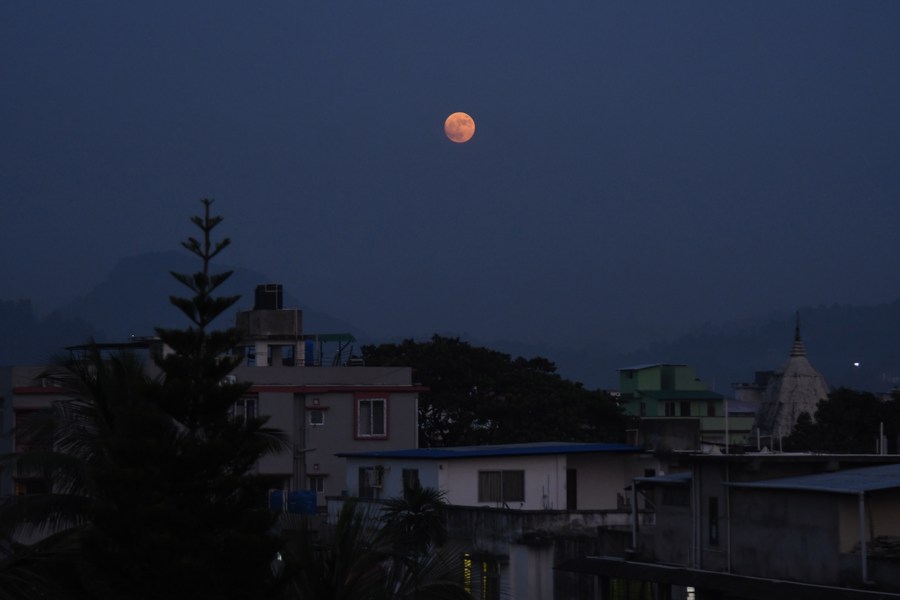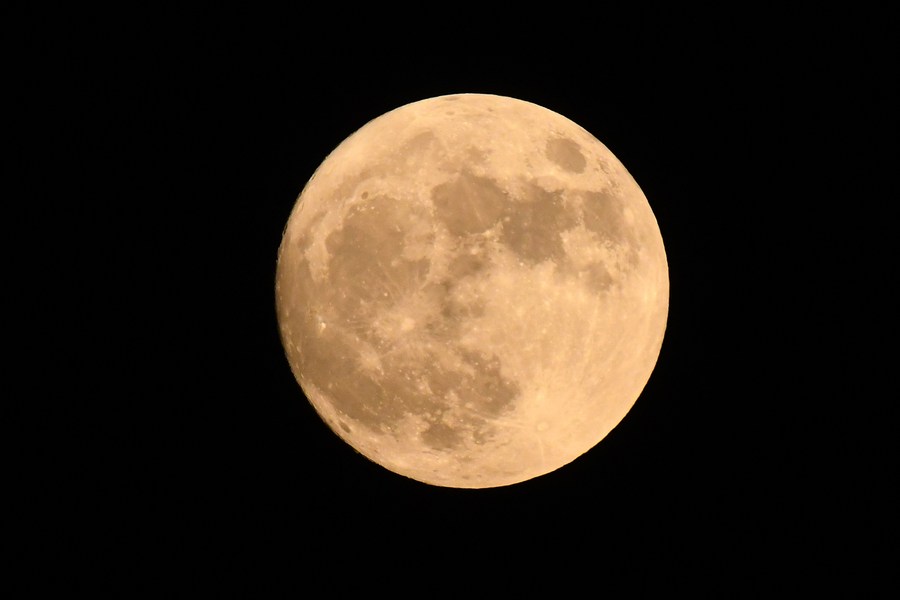The celestial dance of the moon has captivated humanity for millennia, and one of its most captivating phases is the full moon. As the moon completes its orbit around the Earth, there comes a magical night when its entire surface is bathed in the soft glow of sunlight. This phenomenon, often referred to as the "full moon in the sky," casts a spell of wonder and fascination upon observers, painting the night canvas with its ethereal light.
When the moon is in its full phase, it aligns itself perfectly with the Earth and the Sun, creating a remarkable celestial alignment. From our vantage point on Earth, the full moon appears as a luminous circle in the sky, casting an enchanting glow over the landscape. This breathtaking occurrence holds both scientific and cultural significance, contributing to our understanding of the cosmos and inspiring artistic and spiritual interpretations.
Scientifically, the full moon occurs when the moon is positioned directly opposite the Sun as observed from Earth. This alignment allows the moon's entire surface facing us to be illuminated by sunlight. The moon's reflective surface, covered in lunar soil and rocky terrain, reflects sunlight back to our planet, producing the radiant spectacle we admire. Despite the moon's lack of its own light source, its role as a mirror for the Sun's brilliance creates a stunning display that has fascinated astronomers, poets, and dreamers throughout history.
Beyond the scientific explanation, the full moon has woven itself into the fabric of human culture. In many societies, full moons are imbued with folklore, myths, and traditions. From werewolves to harvest festivals, the full moon has left its mark on countless stories and beliefs, adding an air of mystique to the dark night sky. In ancient cultures, the full moon often held spiritual significance, influencing rituals, ceremonies, and religious observances.
The visual impact of a full moon in the sky cannot be overstated. The moon, bathed in its milky white light, casts long shadows and adds an almost surreal dimension to the surroundings. Moonlit landscapes take on an otherworldly quality, as details that might otherwise remain hidden in the darkness are illuminated. The silhouettes of trees, buildings, and landscapes stand out against the night sky, creating a scene that has inspired countless artists, photographers, and writers to capture its beauty.
Full moons are also celebrated for their potential effects on human emotions and behaviors. While scientific evidence is limited, folklore suggests that people may experience heightened emotions or even changes in behavior during a full moon. This phenomenon has given rise to the term "lunacy," which refers to the belief that the moon's influence can affect human sanity. However, conclusive scientific research on the direct impact of the full moon on human psychology remains a subject of ongoing debate.
From a romantic perspective, a full moon in the sky has been a symbol of love and longing in literature, art, and popular culture. Countless poems, songs, and stories have drawn inspiration from the moon's luminous presence, evoking themes of passion, nostalgia, and connection.
In conclusion, the full moon in the sky is a celestial spectacle that continues to inspire awe and fascination in people across cultures and generations. Its scientific significance, cultural symbolism, and artistic allure combine to create a phenomenon that is both beautiful and mysterious. Whether seen from the bustling city streets or the tranquil countryside, the sight of the full moon illuminating the night sky serves as a reminder of the grandeur and interconnectedness of the universe. As we gaze upwards, captivated by its luminous glow, we are reminded of the timeless wonder that lies beyond our earthly horizons.





Comments
Post a Comment